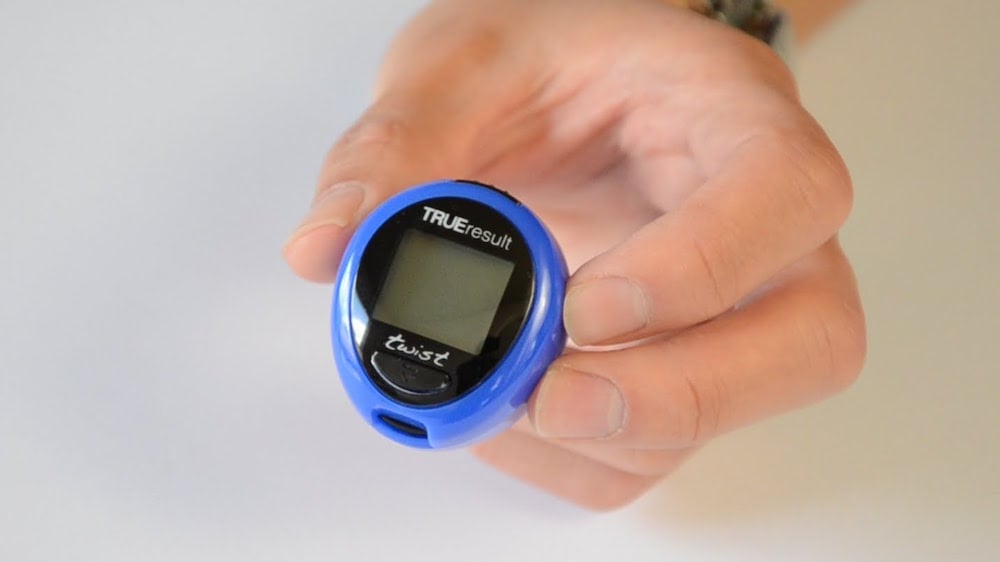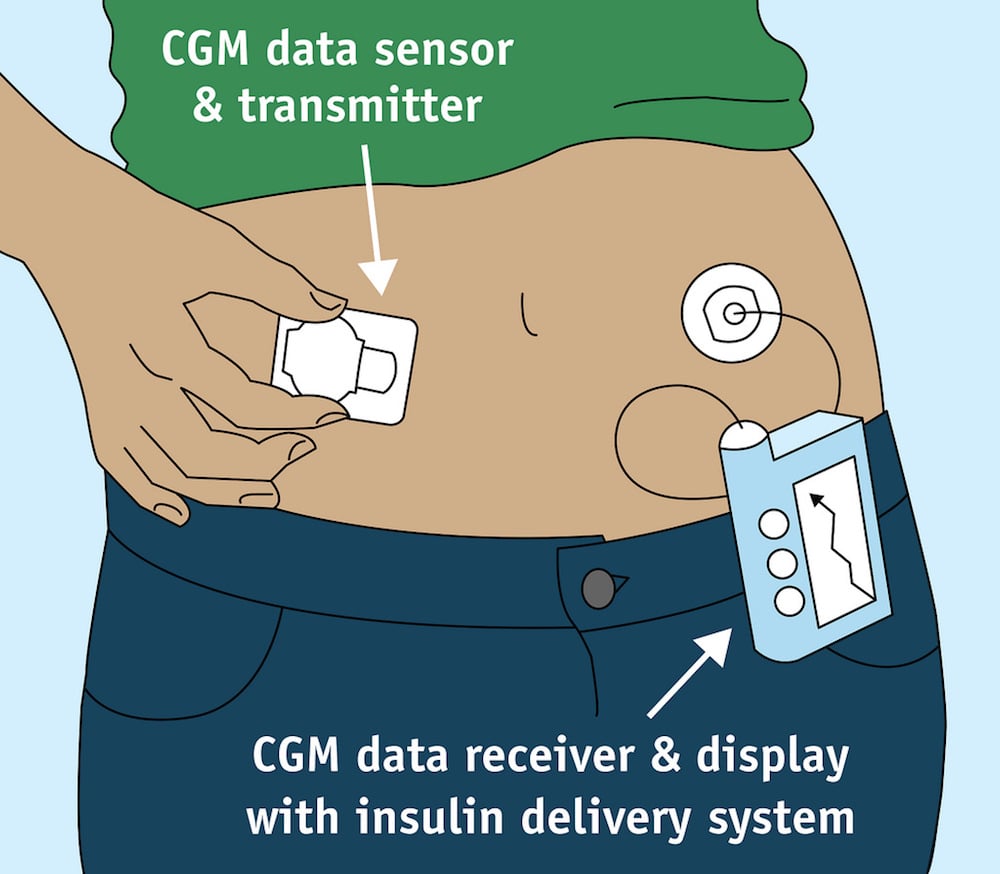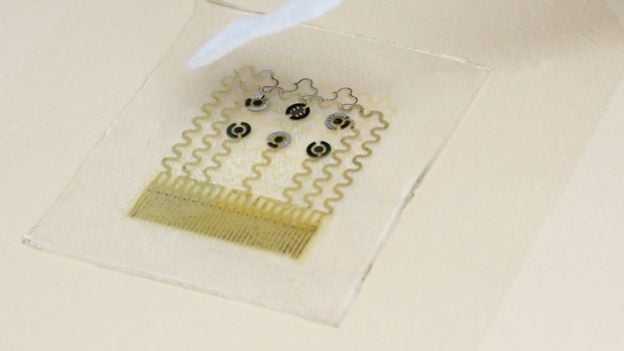Researchers believe that sweaty armpits may be the answer to both detecting and controlling diabetes.
Medical
technology has really advanced in the past few decades with open heart
surgery, implanted pacemakers for those with heart arrhythmia, imaging
technology that allows for virtual dissection, and even devices that
partly restore vision for the blind.Some diseases require strict control and observation. But thanks to the continuing miniaturization of electronics and the ingenuity of researchers, such problems may not only become more easily managed but also less invasive in the manner in which they're managed.
Managing Diabetes through Technology
Historically, managing diabetes has been done by taking frequent blood glucose measurements and then adjusting either diet or using insulin injections to balance hormonal levels. However, modern technology now allows for a more convenient device which can not only warn of glucose levels but also provides relief for those who find using finger pricks discomforting.Continuous glucose monitors are devices which can take glucose readings every few minutes and relay the results to either a computer or insulin pump. These devices use a sensor placed under the skin, which can be left for a few days before requiring replacement. This is considerably more convenient that using glucose strips, which need blood samples.

A glucose tester which relies on a finger prick for blood. Image courtesy bloodsugarmagictv
So, technology has active glucose monitoring covered but what about drug delivery?
When glucose levels in the blood become too high, the body secretes insulin, which signals the liver to absorb glucose to help with regulation. However, with diabetics, the body is unable to produce enough insulin to respond to the change in glucose level.
To address this, diabetics will usually have an insulin injection which provides the much-needed insulin. Again, this is not only inconvenient but it must also be done properly at the right time (i.e., only done when the body needs the insulin).
Thanks to modern technology, however, this convenience has been met in the form of an insulin pump. This electronically controlled device can be instructed to inject a specific amount of insulin. When used in conjunction with an active glucose monitor, these devices can help diabetics lead a largely normal life.

An insulin pump diagram used in conjunction with a continuous glucose monitor. Image courtesy of the FDA.
Detection from Sweat
Researchers from South Korea are developing a sensor that can use sweat to detect glucose levels. The sensor was then linked to an insulin pump on mice to create a closed-loop system (an artificial pancreas) with success.The motivation behind the sweat sensor was to remove the need for painful blood samples which also helps reduce the risk from infection and removes the need for implanting devices inside the body. The sensor, itself, is flexible so that it can move and flex with skin, which is very important in wearable electronics as large bulky devices can be inconvenient to use.
However, sweat has considerably smaller amounts of glucose than a blood sample which makes reliable detection difficult. Sweat also contains lactic acid which can affect the sensors readings. To overcome this, there are many sensors on the patch including three for glucose monitoring, four for acidic testing, and a humidity sensor to measure the amount of sweat being produced. The readings from the patch are then sent to a small computer which performs calculations on current blood glucose levels.

The glucose sweat sensor. Hyunjae Lee and Changyeong Song
Summary
Medical technology has only been possible thanks to the advancements in electronics and engineering. As new components and technologies are developed, the medical field is seeing continuous improvements and conveniences which otherwise were the stuff of dreams 50 years ago.Invasive operations are becoming less necessary, the role of doctors is changing thanks to data logging, and even diagnosis is slowly being taken over by computer systems that can cross compare millions of patient history to solve medical cases.






No comments:
Post a Comment